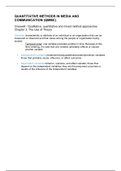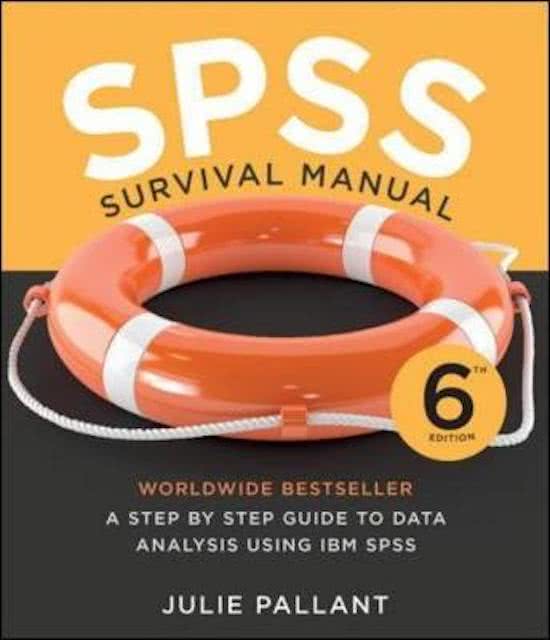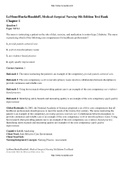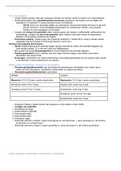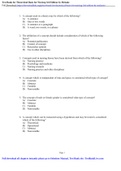Samenvatting
Summary QUANTITATIVE METHODS IN MEDIA AND COMMUNICATION
- Instelling
- Erasmus Universiteit Rotterdam (EUR)
- Boek
- SPSS Survival Manual
Summary for the course Quantitative Methods in Media and Communication (QMMC). Includes all materials till week 8: Creswell Chapter 3 & 7. Sue & Ritter Chapter 2,4,6. Handout mediation. Pallant Chapter 1,5,6,8, 9, 13, 15, 17,18,19. Includes lecture notes & SPSS click video notes.
[Meer zien]
